
3 Common Mistakes in Storing Watermelon During Summer
3 Common Mistakes in Storing Watermelon During Summer That Invite Dangerous Bacteria — and Can Even Be De.adly
Many people unknowingly turn watermelon — a refreshing, sweet summer treat — into a breeding ground for harmful bacteria, simply by storing it the wrong way.
During hot weather, watermelon becomes a go-to dessert for cooling down. However, Tan Dunci, a clinical toxicology nurse in Taiwan (China), warns that improper storage of this juicy fruit can turn it into a source of food poisoning — and in some cases, even lead to life-threatening infections.
Recently, a woman in Zhejiang, China, was rushed to the emergency room in critical condition after eating watermelon that had been stored in the fridge. Her family insisted the fruit was fresh and hygienically prepared, and no other family members got sick. It was only upon investigation that the real cause came to light — the way the leftover watermelon was stored.
According to Tan Dunci, cases like these are more common than people think, though usually with milder symptoms. She highlighted three dangerous watermelon storage habits that seem convenient and refreshing in summer but can actually promote bacterial growth:
1. Eating Watermelon Directly with a Spoon and Storing the Leftovers
Scooping watermelon with a spoon right from the fruit is a popular, convenient habit. However, if you don’t finish it in one sitting and put the leftovers back in the fridge — even if wrapped in plastic wrap — you're making a serious mistake.
This action introduces saliva and mouth bacteria into the remaining watermelon, creating the perfect environment for bacteria like Listeria monocytogenes. This pathogen thrives in cold temperatures and, once inside the body, can cause fever, nausea, diarrhea, and in severe cases, sepsis or meningitis, especially in the elderly, pregnant women, or those with weakened immune systems.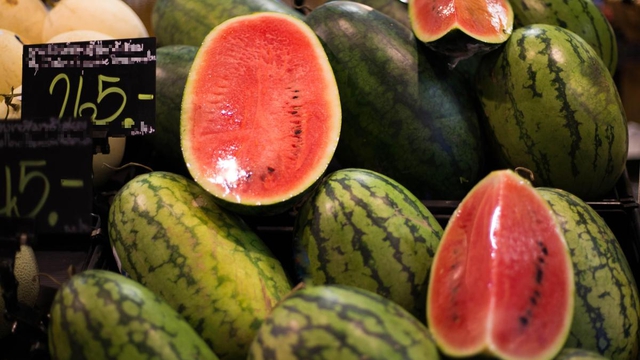
Safe tip: Cut only the portion you intend to eat. If leftovers remain, cut away any exposed parts, and store the remaining clean portion in an airtight container using clean utensils. Never reuse spoons or utensils that have been in contact with your mouth.
2. Storing Pre-cut Watermelon with the Original Plastic Wrap
Another common mistake is buying pre-sliced or sectioned watermelon and placing it in the fridge with the original cling film still on. That plastic wrap may have already been contaminated by handling, tools, or exposure to air — and can trap moisture and warmth, creating a perfect breeding ground for microbes.
Worse, tightly wrapping the film directly onto the fruit flesh suffocates the surface, leading to a loss of crispness, sour smell, and sliminess — all signs that bacteria have taken over.
Tan Dunci recommends: Remove the original wrap, trim off the outermost layer, and transfer the remaining watermelon into a clean, sealed container. Once cut, watermelon should be refrigerated for no more than two days, and always stored in a closed container to avoid cross-contamination from other foods.
3. Refrigerating Whole Watermelons Without Washing the Rind
Many people refrigerate whole watermelons as-is, assuming that as long as the fruit isn’t cut, it’s safe. Some even believe the fridge can suppress bacteria. However, according to the U.S. Department of Agriculture (USDA), watermelon rinds can carry bacteria and mold spores.
If the rind isn’t washed properly before refrigeration, these microorganisms can transfer to other foods or get dragged into the fruit’s flesh during cutting. When a knife slices through a dirty rind, bacteria can be pushed deep into the juicy interior, which is high in water and sugar — ideal for bacterial growth.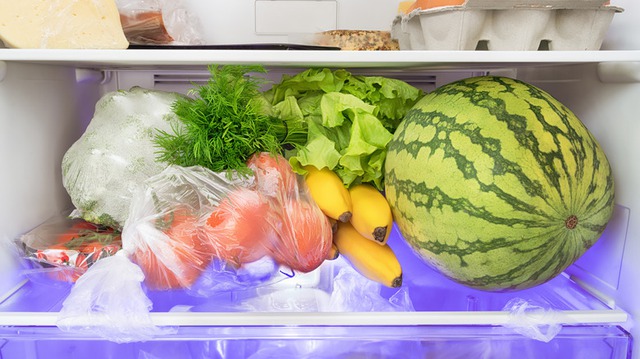
Additionally, storing a whole watermelon in the fridge for more than 7 days can degrade nutrients like lycopene and vitamin C, reducing its health value.
Proper method: Wash the outer rind thoroughly, dry it, and wrap the fruit before refrigerating. Don’t keep whole melons in the fridge for longer than 5–7 days. When cutting, discard the outermost layer close to the rind to avoid introducing surface bacteria into the edible parts.
In Summary
Watermelon is a nutritious, hydrating fruit — but only when stored and handled correctly. Simple mistakes like reusing utensils, keeping old wraps, or refrigerating unwashed fruit can turn this summertime favorite into a bacterial hazard.
By avoiding these common storage errors, you not only preserve the fruit’s flavor and nutrients but also protect your family’s health from serious risks like foodborne illness.
Stay cool — and stay safe — this summer.
News in the same category


10 Powerful Reasons a Simple Smile Can Change Your Life

When Buying Oysters, Avoid These 3 Types

Woman Suddenly Suffers Kid.ney Failure After a Meal

Why Dogs and Cats Often Hate Each Other—Most People Don’t Know This

4 Morning Habits That Increase Str.oke Risk—Avoid Them at Any Age

Smart Shoppers Avoid These 3 Types of Fish at the Market

Not a snake, this is the "kil.ler" that can crawl out of your air conditioner

Doctors Discovered 6 Morning Habits Shared by Most Can.cer Patients

Why do women grow a lot of hair on their fingers?

20 Signs of Can.cer That Women Often Ignore

4 things you do in the morning that bring you closer to a str.oke

Garlic Is Healthy for Most But for These 4 Groups of People, It Can Be Dangerously Toxic

Snakes Don’t Fear Humans—But These 6 Animals Terrify Them

More Nutritious Than Meat and as Valuable as Ginseng
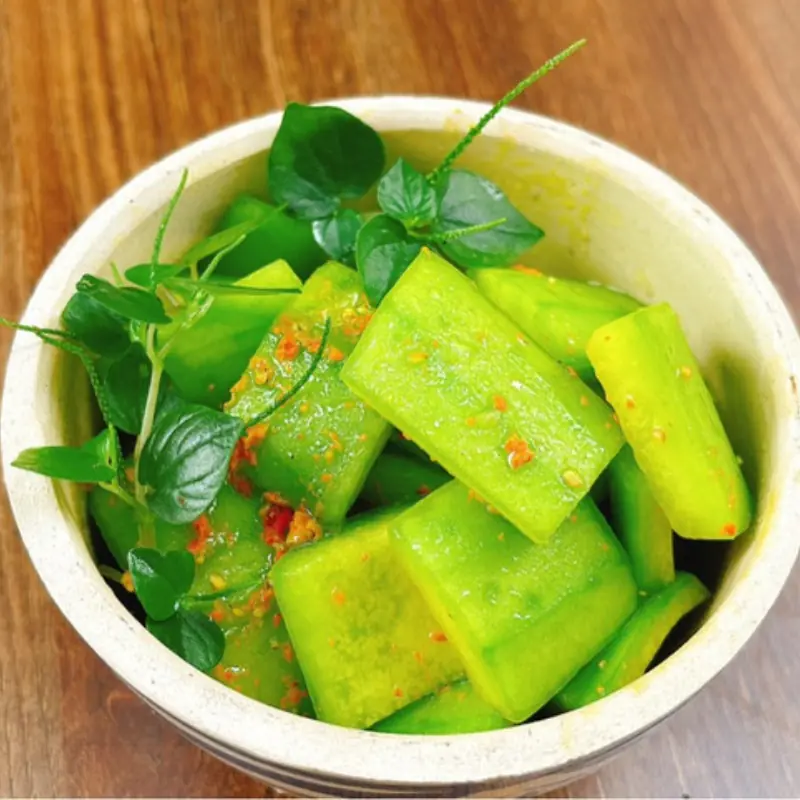
This Fruit Is the 'King of Digestion'

This Vegetable Is Known in China as a ‘Liver-Boosting Remedy’

These 3 Cooking Oils Could Trigger Cancer Cell Growth and Damage Your Organs
News Post

Why You Should Not Bring Seeds on a Plane: A Detailed Explanation

Bladder Ca.ncer: Symptoms You Shouldn’t Ignore

4 Healing Drinks to Prevent and Dissolve Kidney Stones

10 Powerful Reasons a Simple Smile Can Change Your Life

The Surprising Benefits of Donating Bl.o.od

5 types of vegetables and fruits help cool the liver and effectively lower liver enzymes

Top vegetable to help reduce visceral fat extremely effectively, nutritionist reveals 4 more easy ways to lose weight

Woman Sudden Kidney Failure After Meal: Doctor Says “This Vegetable Is Poisonous… You Shouldn’t Eat It”

3 Critical Mistakes You Must Never Make with a Stro.ke Victim — Regret Won’t Undo the Damage
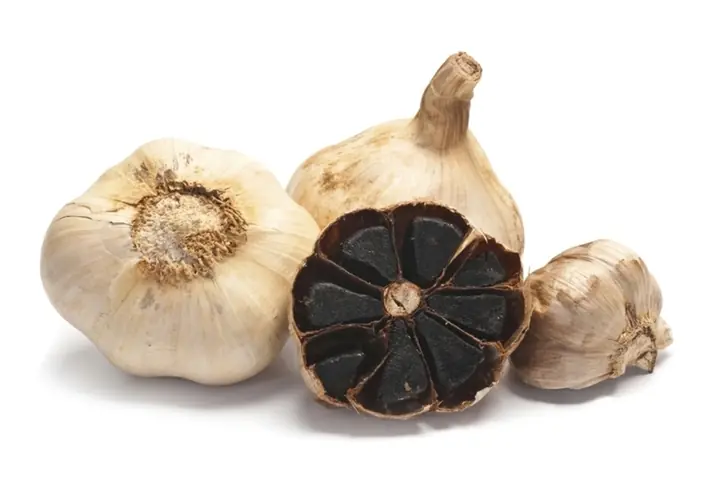
Shocking Truth: Black Garlic Isn’t for Everyone — 5 Types of People Who Should Avoid or Limit It Immediately

When Buying Oysters, Avoid These 3 Types

Woman Suddenly Suffers Kid.ney Failure After a Meal

5 Early Warning Signs Your Body May Be Signaling Can.cer — See a Doctor Before It’s Too Late
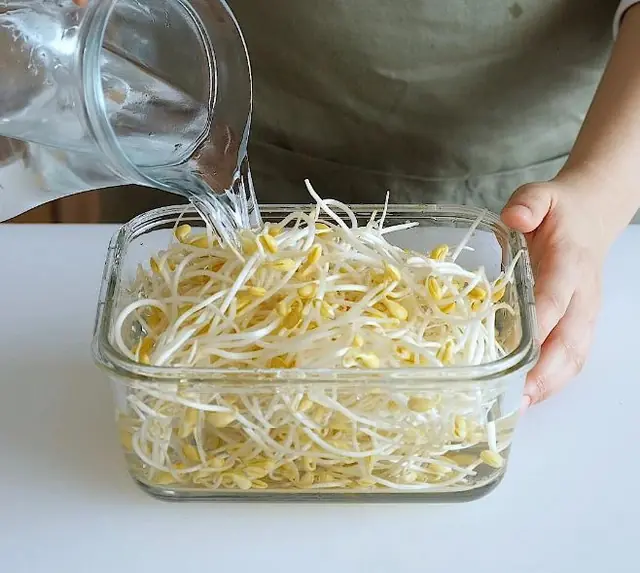
3 Common Yet Har.mful Ways People Store Bean Sprouts — Convenient but Nutrient-Depleting and Risky to Health

Why Dogs and Cats Often Hate Each Other—Most People Don’t Know This

4 Morning Habits That Increase Str.oke Risk—Avoid Them at Any Age

Smart Shoppers Avoid These 3 Types of Fish at the Market
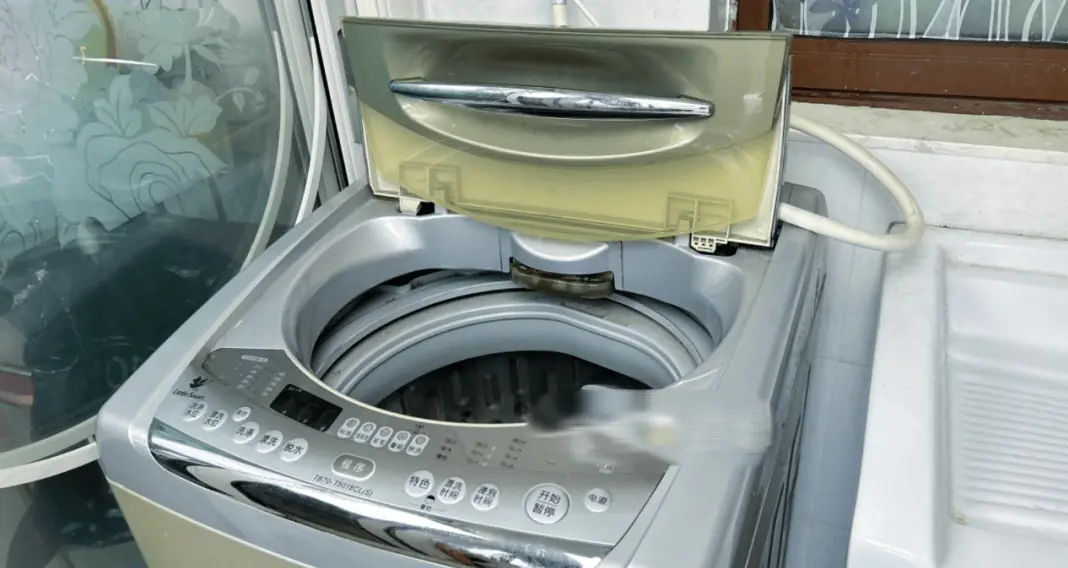
2 Hidden Spots in Your Washing Machine That Make Clothes Dirtier
